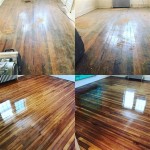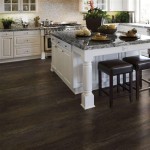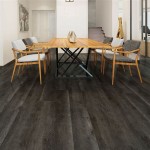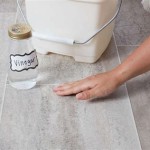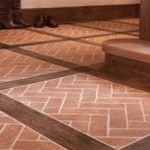Wet room vinyl flooring is an excellent choice for a variety of applications, from residential bathrooms to commercial pool areas. This type of flooring is designed to be resistant to water and moisture, and it is also easy to clean and maintain. In this article, we will provide an overview of wet room vinyl flooring, including the different types available and the benefits it offers.
Types of Wet Room Vinyl Flooring
There are two main types of wet room vinyl flooring: sheet vinyl and tile vinyl. Sheet vinyl is a single sheet of vinyl that is installed in one piece and is available in a variety of colors and patterns. Tile vinyl is made up of individual tiles that are installed in a staggered pattern to create a unique look. Both types of vinyl flooring are easy to install and require minimal maintenance.
Benefits of Wet Room Vinyl Flooring
Wet room vinyl flooring is an ideal choice for areas where moisture and water are present, as it is highly resistant to water and moisture. It is also easy to clean and maintain, as it can be easily wiped down with a damp cloth and does not require any special cleaning products. Additionally, vinyl flooring is durable and can last for many years with proper care and maintenance. Vinyl flooring also provides a comfortable, slip-resistant surface, making it a great choice for bathrooms, kitchens, and other wet areas.
Choosing the Right Wet Room Vinyl Flooring
When choosing wet room vinyl flooring, it is important to consider the type of area where it will be installed. Sheet vinyl is a good choice for larger areas, while tile vinyl is better suited for smaller areas. The color and pattern of the vinyl should also be considered, as these can have a major impact on the overall look and feel of the room. It is also important to consider the quality of the vinyl, as this will affect its durability and longevity.
Installation of Wet Room Vinyl Flooring
Installing wet room vinyl flooring is a relatively simple process. Sheet vinyl can be easily rolled out and cut to size, while tile vinyl can be cut and laid in a staggered pattern. If the flooring is being installed in a wet area, it is important to make sure that the floor is properly sealed to prevent moisture from seeping through. Additionally, it is important to make sure that any grout used to seal the edges of the tiles is properly sealed to prevent water from seeping in.
Maintenance of Wet Room Vinyl Flooring
Maintaining wet room vinyl flooring is fairly simple and requires minimal effort. Regular sweeping and mopping will help to keep the floor looking clean and will also help to extend its lifespan. Additionally, it is important to seal any grout or seams to prevent water from seeping in. If necessary, the vinyl can also be treated with a protective coating to help protect it against stains and wear.
Conclusion
Wet room vinyl flooring is an excellent choice for areas that are susceptible to water and moisture. This type of flooring is highly resistant to water, easy to clean and maintain, and provides a comfortable, slip-resistant surface. It is also available in a variety of colors and patterns, making it an ideal choice for any wet area. If properly installed and maintained, wet room vinyl flooring can last for many years.










.jpg)




Related Posts

